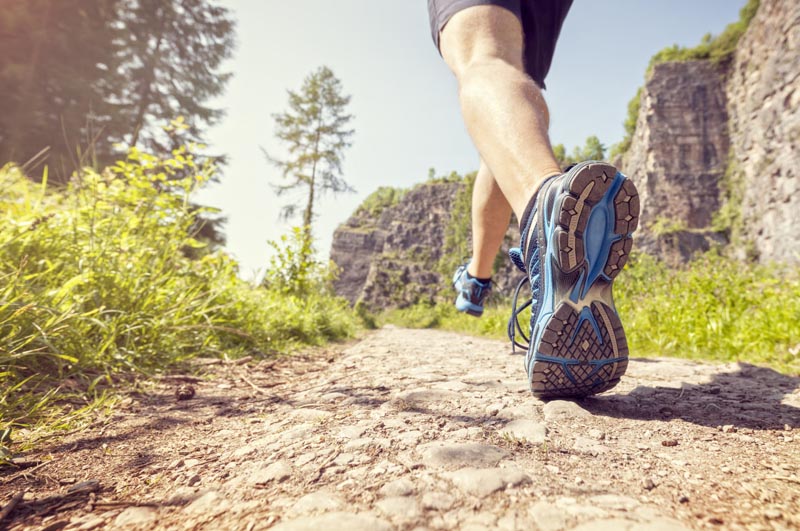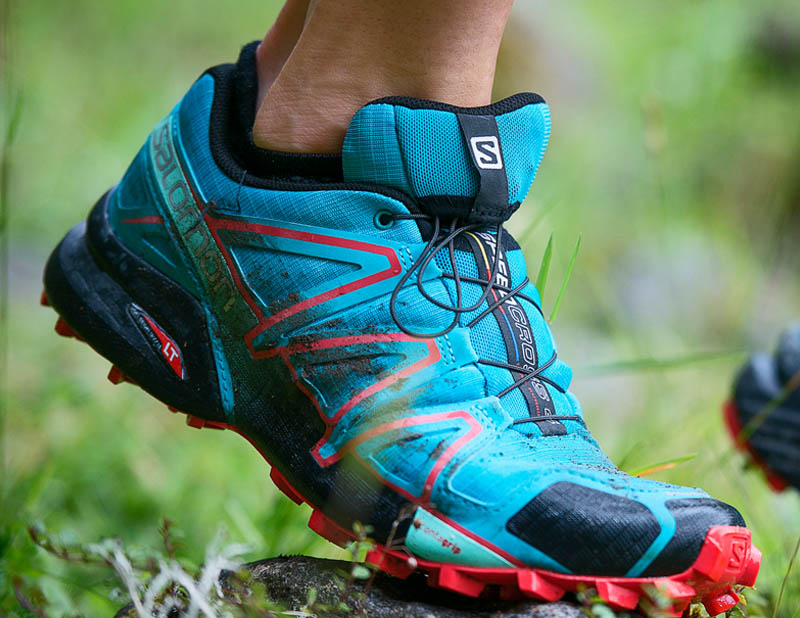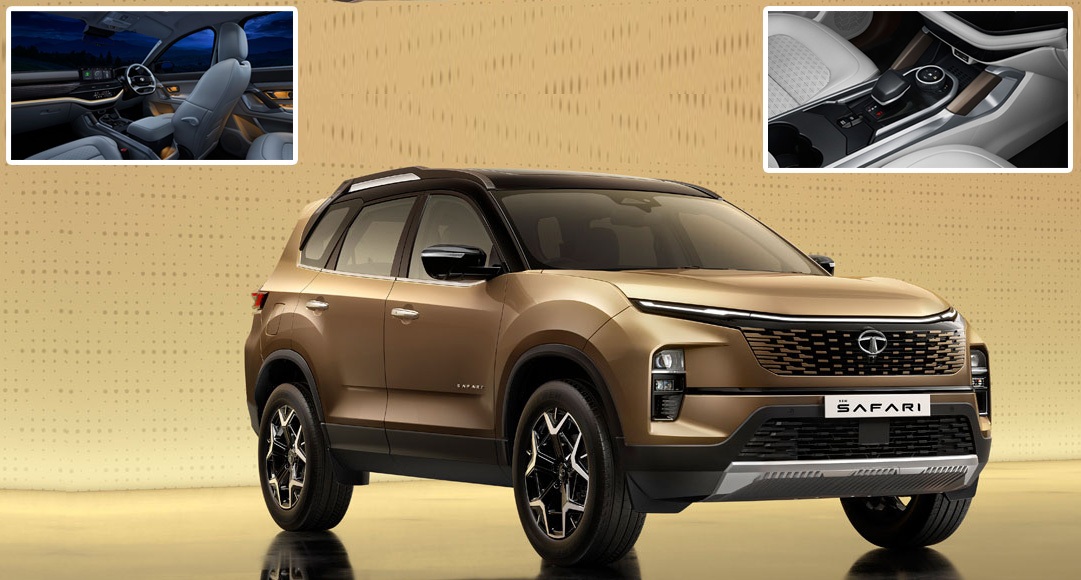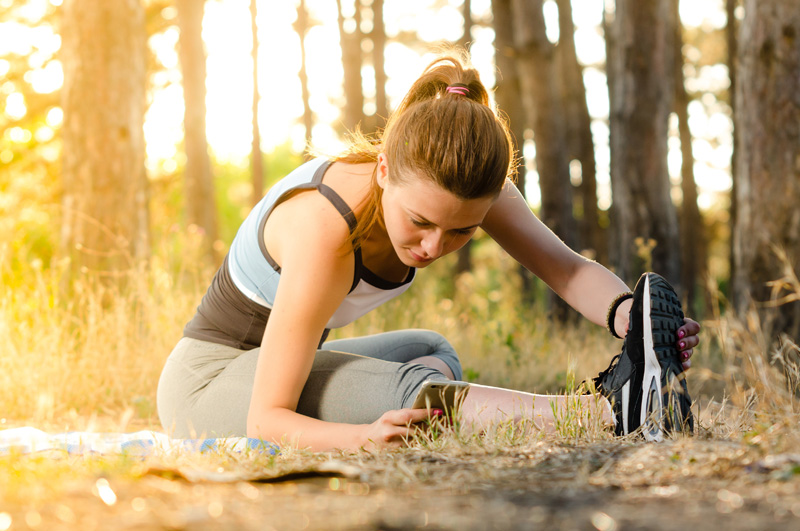Many people prefer running in controlled environments or exercise machines, to optimize their workout time. But many others like being outside, and also like the additional challenge of running over uneven or possibly unfamiliar terrain. These individuals need a special kind of footgear, simply because running on a trail puts different stresses on feet than running on a smooth surface or running in place.
In a nutshell, trail running shoes have several unique features. The lugged soles help runners gain traction over loose or uneven surfaces, like dirt, rocks, and tree roots. Moreover, these shoes are very stiff, because your feet rotate much more, and in more irregular patterns, when trail running. Finally, these shoes have several additional layers of protection for your feet. It’s normally a good idea to supplement this protection, perhaps with a pair of compression plantar fasciitis socks.
All the choices can be a bit overwhelming, so it’s important to have an idea of what to look for before you pay too much money for the wrong kind of shoe.
Type of Shoe
Not all trail running shoes are created equally, because they are not all designed to do the same thing. If you’re already a regular outdoor runner, you can probably easily select the type of shoe best suited for your needs. If you are a new trail runner, the life expectancy for new shoes is rather short for regular runners, so the opportunity to try out a different type of shoe is never far away.
Light Trail: These shoes are not much different from road-running shoes, because they’re designed for use on rather well-manicured outdoor trails, such as gravel paths or fire roads. Some of this footgear has thin padding to help you feel the trail.
Rugged Trail: These shoes are perhaps the most versatile ones in the bunch, because they are designed for a wide variety of hiking trails and other not-so-well-worn paths. Some key features include diverse lug patterns to establish grip on variable surfaces, additional toe protection, and a very stiff construction.
Off Trail: True cross-country runners need a different type of running shoe. The footgear may feel more like a boot, because of the extra rigidity and protection. Furthermore, since many cross country runners pass through mud and streams, many of these shoes are weatherproof.
Especially for your first few pairs of trail running shoes, it’s probably best to pay a little more at a retail outlet that has experienced salespeople who really know their products.
Cushioning Amount
The type of shoe is a function of necessity, but the amount of cushioning is a function of preference.
A few years ago, no-padding barefoot shoes began popping up everywhere. Many trail runners, especially those who run on light trails, really like these shoes, because they say the shoes help them feel the trail. Other runners really dislike these shoes, because they do not smooth out any of the uneven footfalls.
Not long afterward, a counter-trend emerged, and trail running shoes with thick, midsole padding emerged. Many runners claim that these shoes are easier on their feet and help them enjoy the trail more, while others insist that they feel mushy.
There is a middle ground as well, because some shoes have either minimal or moderate amounts of padding. Minimal padding is one small step above barefoot, and moderate padding is more of a traditional trail running shoe.
Heel-Toe Drop
This measurement sounds hyper technical and difficult to understand, but it’s really just an extension of the padding element.
Barefoot shoes have no drop, and maximum cushion shoes may have drops up to 10mm. To figure out which one is best for you:
Match the trail running shoe to your current running shoe, to help ensure consistent biomechanics and a smoother transition to trail running,
Understand that high drop shoes encourage heel strikes on each stride, and
Anticipate that if you are radically changing heel-toe drop heights, there will probably be some initial discomfort.
Some basic cross-country running tips can help you ease into your new pair of trail running shoes.
Fit
Although we all know our shoe sizes, trail running shoes fit a little differently than road-running athletic shoes and a lot differently from casual footwear.
First-timers should probably get a fit assessment that takes into account not only shoe size, but also arch length, foot volume, arch shape, and other advanced metrics. Try to go at a time when the footwear store is not as busy. Going later in the day is a good idea as well, because our feet swell as we walk.
Transitioning from road running to trail running is a big decision, and it’s one you probably will not regret if you take some time to pick out the right shoes.









